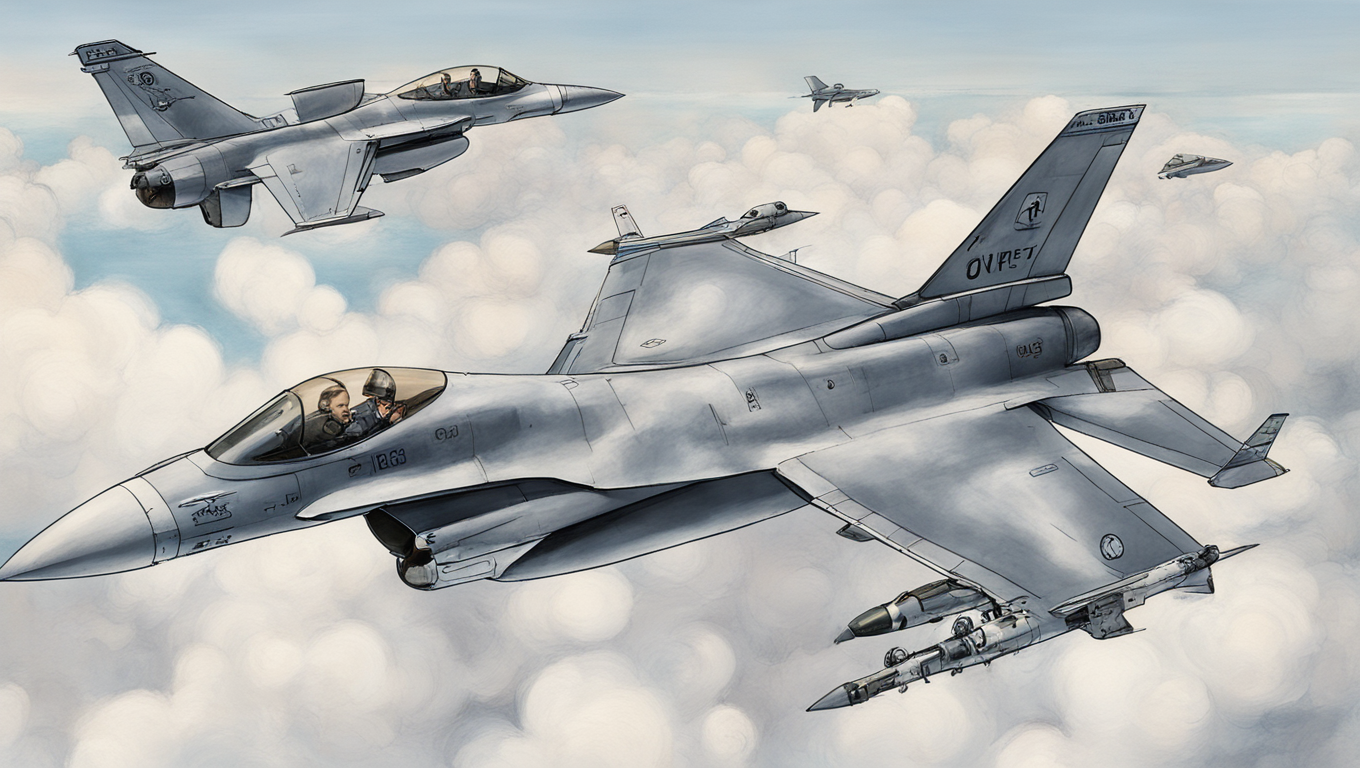Air Force Secretary Frank Kendall is set to make history as he plans to take the first-ever ride in an AI-operated fighter jet. Speaking before the U.S. Senate Appropriations Committee’s defense panel, Kendall discussed the future of air warfare, emphasizing the importance of autonomous technology in the military branch’s future fleet. Kendall is pushing for over 1,000 AI-operated drones and has plans to fly in one of them later this spring. The aircraft he will board is an F-16 that has been converted for drone flight.
During the ride, there will be a pilot present, but their role will be purely observational, as the autonomous technology takes control. Kendall expressed his hope that neither he nor the pilot would need to intervene in flying the aircraft. Last month, the Pentagon announced its intention to develop new AI-guided planes and offered contracts to several private companies to compete for the opportunity. This initiative, known as the Collaborative Combat Aircraft (CCA) project, is part of a $6 billion program aimed at adding at least 1,000 new drones to the Air Force. The drones will complement human-piloted jets, providing cover and acting as escorts with full weapons capabilities. They could also serve as scouts or communication hubs.
Various companies, including Boeing, Lockheed Martin, Northrop Grumman, General Atomics, and Anduril Industries, are bidding for the contract. The Pentagon is drawn to the cost-cutting potential of AI, as it seeks to innovate and modernize the U.S. military at a faster pace. Deputy Secretary of Defense Kathleen Hicks had previously emphasized the value of AI-enabled autonomous vehicles, which are small, smart, cheap, and expendable.
While specific details about the size of the drones have not been disclosed, the aim is to ensure that the U.S. does not fall behind China, which has significantly modernized its air defense systems. Drones can disrupt these defense systems, jamming them or providing surveillance capabilities. Kendall mentioned that initially, the drones were intended for a counter-air role but could potentially serve other purposes as well.
One of the key advantages of the new drone fleet is expected to be cost-efficiency. Kendall stated that the drones will likely cost less than a third of what it takes to build an F-35 fighter, which has a price tag of around $20 million. The goal is to leverage AI technology to create a more affordable alternative to manned jets.
This announcement marks a major milestone in the advancement of autonomous technology within the military. As AI continues to evolve and transform various industries, its integration into the defense sector opens up new possibilities for air warfare. The successful implementation of AI-operated drones has the potential to revolutionize the way the Air Force operates and enhances its capabilities in combat situations. Air Force Secretary Frank Kendall’s ride in the AI-operated fighter jet is a significant step towards realizing this future vision.



Use the share button below if you liked it.